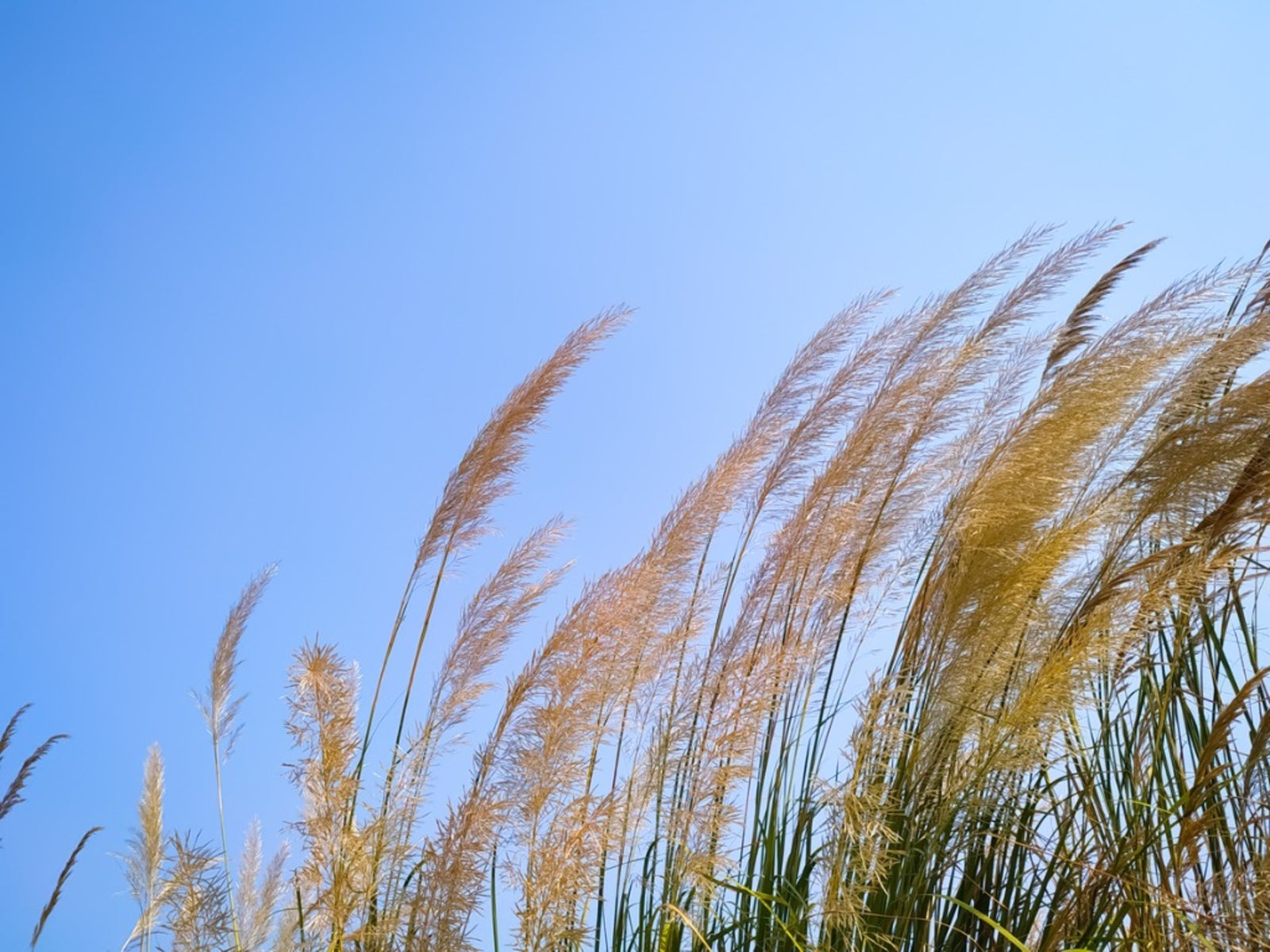Ravenna Grass Information: Guide To Growing Ravenna Grass


Erianthus ravennae is now known as Saccharum ravennae, although both names can commonly be found in literature. It is also called elephant grass, hardy pampas grass, or (more commonly) ravenna grass. No matter the name, this is a large, perennial grass native to the Mediterranean but commonly used as an ornamental plant. It is an outstanding specimen but does have the potential to naturalize and become a nuisance in some regions. Read on to learn how to care for ravenna grass in landscapes and avoid any invasive potential while enjoying its magnificent structure and plumes.
What is Ravenna Grass?
If you want hardy elegance, combined with towering magnificence, try ravenna grass. It is a massive specimen grass that makes a perfect screen or simply a focal point in the landscape. Is ravenna grass invasive? Be aware that it is a Class A noxious weed in Washington and some other states. It is best to check with your local extension before growing ravenna grass. Ravenna grass has year-round appeal. It is a large ornamental that may achieve 8 to 12 feet in height (2-4 m.) with a spread of 5 feet (1.5 m.). Ravenna grass information informs us that it is deer resistant, drought, and frost tolerant, hence the designation "hardy pampas grass." In fact, it is often used as a substitute for pampas grass in northern gardens. One of the more identifying characteristics is its leaf blades. These are 3 to 4 feet long (1 m.) and are blue-green with hairy bases, bearing a distinctive white mid-vein. Ravenna grass in landscapes forms a dense clump with stems that are slightly weaker than traditional pampas grass. The plant produces tall, silver-white, feathery plumes in late summer which are long-lasting and attractive in floral arrangements.
Growing Ravenna Grass
Ravenna grass is a warm-season grass. It is appropriate in USDA zones 6 to 9 in sunny, fertile, moist, but well-drained soil. In areas with boggy soil, stems become brittle and hollow and more prone to breakage. Such conditions also contribute to winter injury. In clay soils, amend the area with plenty of compost or other organic matter. Situate the plant with some protection from wind to prevent damage to foliage and stems. In the landscape, ravenna grass makes a lovely mass planting, can be used as erosion control, makes a soothing barrier plant, or may be part of a cutting garden. It has few pest or disease issues but is prone to some fungal diseases.
Care for Ravenna Grass
This hardy grass is a very tolerant and stoic plant. It can withstand almost anything the average landscape can throw at it, but it does not thrive in overly wet soils, although it does need consistent water. A drip system is ideal for irrigation, where overhead watering can create fungal issues. The plumes persist well into winter, adding dimension and interest. Some gardeners believe pruning is part of good care for ravenna grass. This is not necessarily true but can make for a tidier plant and allow new spring foliage room to grow. If you choose to prune the plant, do so in early spring, cutting the entire stems and foliage back to 6 inches (15 cm.) from the crown. In areas prone to reseeding, such as the Pacific Northwest, remove the plumes before they are ripe to prevent the seed from spreading.
Sign up for the Gardening Know How newsletter today and receive a free copy of our e-book "How to Grow Delicious Tomatoes".

Bonnie Grant is a professional landscaper with a Certification in Urban Gardening. She has been gardening and writing for 15 years. A former professional chef, she has a passion for edible landscaping.